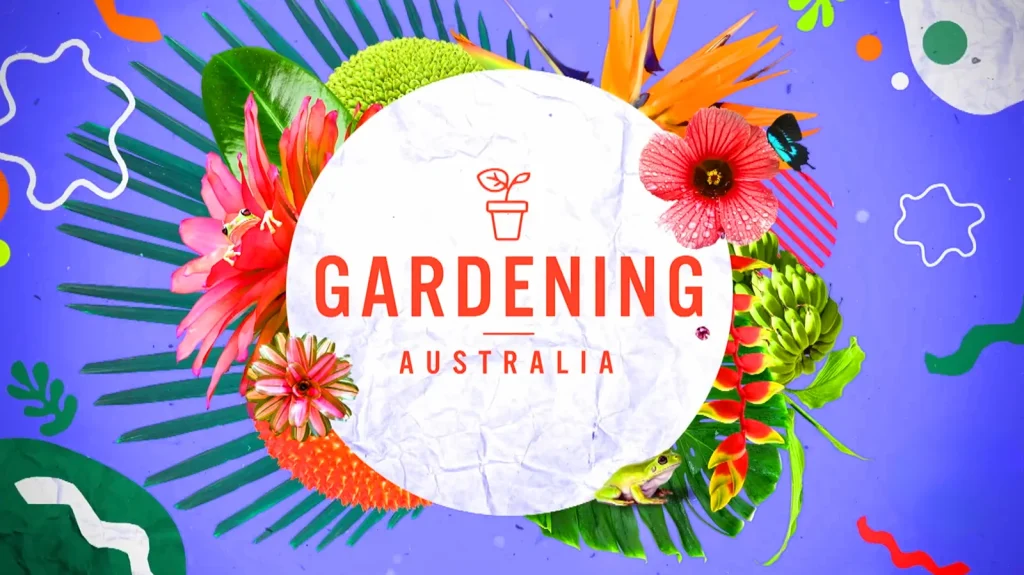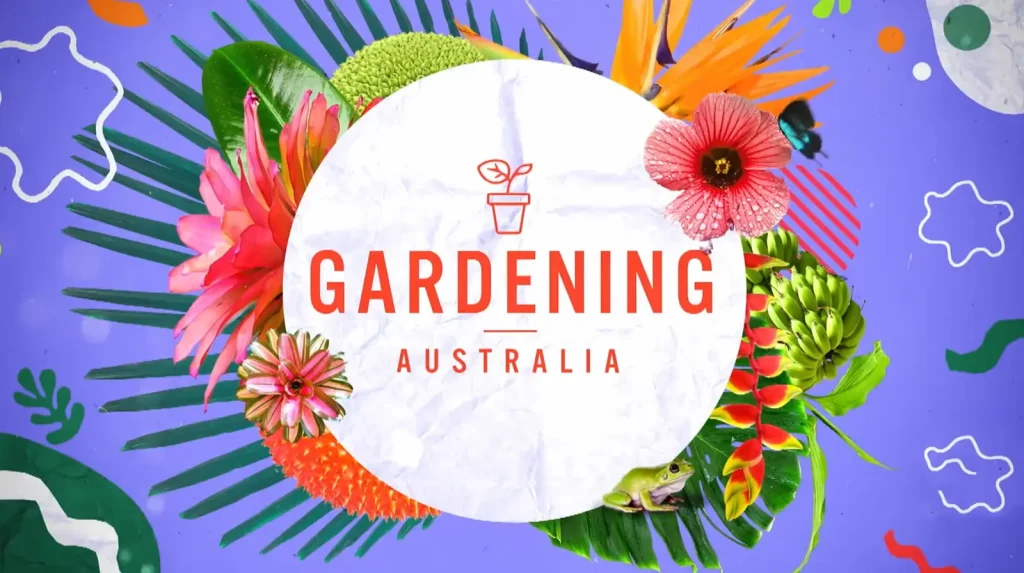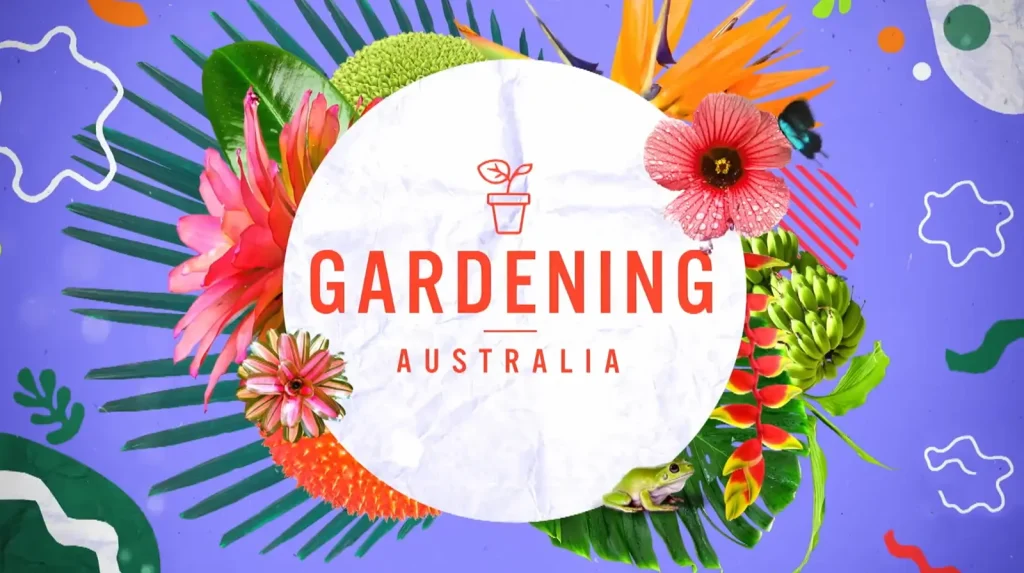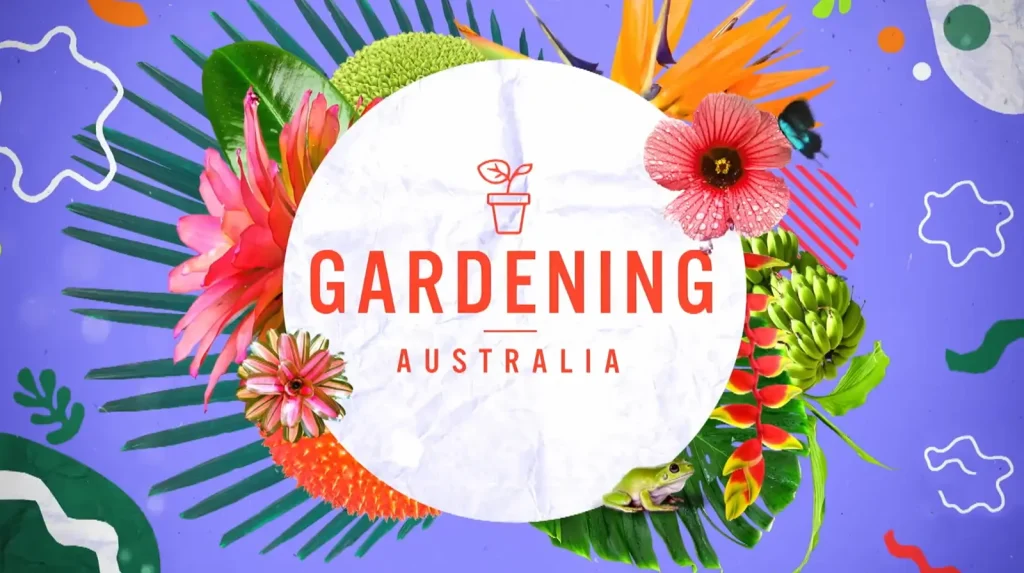In Gardening Australia 2024 Episode 33, viewers are transported to a lush haven of inspiration, with expert horticulturists sharing invaluable tips and insights. Join us as we journey through beautiful gardens, learn practical techniques, and uncover hidden gems in the plant world.
Perennial View on the River Derwent
In this segment, Hannah explores a true garden paradise nestled along Tasmania’s River Derwent. Here, she meets a passionate horticulturist devoted to propagating perennials. The garden flourishes with vibrant colors, each plant thriving under careful hands that truly understand the art of nurturing perennial life. Hannah’s visit offers viewers a close-up look at the dedication it takes to cultivate these plants season after season, celebrating the diversity and resilience of nature.
FAQs – Pest Insects, Star Anise, and Curious Lemons
Gardening often comes with puzzles and mysteries. Millie addresses one of the most common challenges—pest infestations. She shares simple yet effective solutions to keep pesky insects under control, helping your plants flourish without harmful chemicals. Then, Clarence takes us on a fragrant journey with tips for growing star anise, a popular herb that adds a unique aroma and flavor to gardens. Meanwhile, Jane encounters a lemon with a strange twist—a “Buddha’s hand” lemon, a fascinating citrus variety with segmented fingers resembling the hand of Buddha. Jane deciphers its origin and peculiar shape, revealing yet another marvel of nature’s creativity.
Showy Plants at the Royal Adelaide Show
Sophie and Costa head to the Royal Adelaide Show, where horticultural wonders are on full display. Sophie shares her expertise on small-space gardening, demonstrating how even limited areas can host flourishing, eye-catching plants. Inside the pavilion, viewers get a sneak peek at innovative garden displays, from vibrant flower arrangements to ingenious garden setups. It’s a celebration of creativity and greenery, showcasing the endless possibilities in garden design.
Top Tip: Sweet Potato Success
Josh unveils his secrets for a bountiful sweet potato harvest. In this demonstration, he shows how to create ideal conditions for growing sweet potatoes, from planting seedlings to using straw mulch for added nourishment. Josh’s straightforward approach highlights how anyone can achieve a productive vegetable bed, turning a simple garden plot into a haven of delicious, homegrown produce.
Hanging Orchids as Living Art
Tammy brings the beauty of orchids to new heights by mounting epiphytic orchids on timber logs, creating a living art piece. In this segment, Tammy shares her techniques, showcasing orchids that not only thrive in unique setups but also bring an elegant, natural beauty to any space. Hanging orchids can add a magical touch to gardens and homes alike, blending art with horticulture in a visually captivating way.
Wise Buys: Selecting the Best Seedlings
Jane visits a local nursery, offering her advice on choosing quality seedlings. With a tray full of young plants, she shares what to look for to ensure they’ll flourish in your garden. Jane’s tips help make the process simple, even for novice gardeners, ensuring you bring home the best picks to enhance your garden’s growth and vitality.
How Does Your Garden Grow? A Courtyard Revisited
Jerry returns to a stunning courtyard garden that the show first visited thirteen years ago. Nestled within a home, this green sanctuary has matured beautifully, blending with the house’s open corridors. The courtyard’s timeless design offers a tranquil escape and shows how a well-planned garden can transform an ordinary space into a calming retreat. Jerry reflects on how the garden has grown, demonstrating the enduring impact of thoughtful landscaping.
Kids Rake for Grown-Ups: A Handy DIY Tool
Millie shows viewers how to turn a child’s rake into a practical tool for adult gardeners. By extending the handle, she creates a versatile and lightweight rake that’s perfect for delicate tasks. This simple DIY project is a creative way to make gardening tools more accessible, proving that a little ingenuity can go a long way in the garden.
Native Flowering Groundcovers: Perfect Garden Fillers
Clarence highlights native flowering groundcovers that bring beauty and biodiversity to gardens. These low-growing plants are ideal for filling empty spaces and adding a splash of color. Clarence showcases vibrant daisies and other native varieties, explaining how they support local ecosystems while adding natural charm to any garden layout.
My Garden Path: Jane du Rand, Ceramic Artist
The episode concludes with a visit to artist Jane du Rand, whose ceramic and mosaic creations are inspired by Australia’s rich flora and fauna. Her intricate artwork is a tribute to the natural beauty she encounters during bushwalks, blending color and texture to capture the essence of the Australian landscape. Jane’s work embodies a love for nature and a dedication to craftsmanship, offering viewers a final glimpse of the artistry that connects people to the natural world.
Conclusion Gardening Australia 2024 Episode 33
As we wrap up this episode of Gardening Australia, we’re reminded of the beauty and resilience found in nature, as well as the dedication required to nurture it. From lush, perennial gardens along the River Derwent to the intriguing quirks of the Buddha’s hand lemon, each segment has invited us to view our gardens with new eyes, inspiring us to see them not just as outdoor spaces, but as thriving ecosystems with stories of their own.
Each visit, whether it’s to a bustling plant nursery or a tranquil courtyard, illustrates the transformative power of gardening. Just as Sophie demonstrated the magic of small-space gardening, we, too, can find ways to bring bursts of greenery into even the tiniest corners of our lives. And Tammy’s mounted orchids showed us how creativity can elevate simple plants into pieces of living art, blurring the lines between nature and design.
We also learned that every garden has its challenges—pests, mysterious plants, and the ever-present question of how to keep everything growing strong. Yet, through Millie’s practical pest tips and Josh’s sweet potato guidance, we see that gardening is as much about learning from nature as it is about shaping it. Gardening teaches us patience, problem-solving, and, perhaps most importantly, humility in the face of a world that grows with or without us.
And finally, Jane du Rand’s beautiful mosaics reminded us that nature’s influence stretches beyond the garden bed, inspiring art that celebrates the wild, untamed beauty of Australia’s flora and fauna. Her work captures the essence of gardening: an act that connects us with the natural world, honors its beauty, and, in its way, tells a story of resilience and renewal.
Whether you’re a seasoned gardener or just getting started, this episode has provided seeds of inspiration to cultivate in your own life. Gardens, after all, are places of peace, creativity, and life—a sanctuary where time slows and nature reveals its many wonders. As you step into your own garden, may you feel the same sense of connection, awe, and possibility that each of these remarkable segments has shared with us. Happy gardening!
FAQ Gardening Australia 2024 Episode 33
Q: What are perennials, and why should I consider them for my garden?
A: Perennials are truly the gift that keeps on giving in the garden. Unlike annuals that only last a season, these remarkable plants return year after year, adding consistent color and texture. They’re a fantastic way to create a vibrant and dynamic garden with minimal effort in the long run. Plus, they offer incredible diversity, with options to suit every taste and climate.
Q: I’m battling pesky insects in my garden. Is there a way to control them without resorting to harsh chemicals?
A: Absolutely! Just like you, many gardeners prefer a natural approach. Thankfully, there are numerous eco-friendly solutions to keep those pests at bay. For example, you can introduce beneficial insects like ladybugs that feast on common garden pests. Additionally, consider using companion planting, where certain plants naturally deter unwanted insects. Finally, a simple solution of soapy water can often be surprisingly effective.
Q: I’m interested in growing star anise. What are the key things I need to know to cultivate this fragrant herb successfully?
A: Star anise is a wonderful addition to any garden, offering both beauty and a unique flavor for your culinary creations. Firstly, it thrives in warm climates with well-drained soil. Secondly, it requires regular watering, especially during the establishment phase. Furthermore, providing some shade during the hottest part of the day can help it flourish. With a little patience and care, you’ll soon be enjoying the aromatic rewards of homegrown star anise.
Q: I have a small courtyard. Can I still create a beautiful and functional garden in this limited space?
A: Without a doubt! Small spaces hold immense potential for gardening. Think vertical! Utilize walls and fences with climbing plants or hanging baskets to maximize your area. Furthermore, choose compact plant varieties that won’t overwhelm the space. Finally, consider incorporating a small water feature or strategically placed mirrors to create an illusion of spaciousness. With thoughtful planning and creative design, your courtyard can become a tranquil oasis.
Q: How do I choose healthy seedlings at the nursery to ensure they thrive in my garden?
A: Selecting strong, healthy seedlings is crucial for gardening success. Firstly, look for vibrant foliage with a consistent color. Avoid any seedlings with yellowing or wilting leaves. Secondly, inspect the roots. They should be white and firm, not brown or mushy. Lastly, choose plants that appear vigorous and well-maintained. By carefully examining your options, you’ll bring home the best possible contenders for a flourishing garden.
Q: What are native groundcovers, and what are their benefits in a garden?
A: Native groundcovers are like a living carpet, blanketing the ground with beauty and functionality. These low-growing plants offer numerous advantages. Firstly, they suppress weeds, reducing the need for constant maintenance. Secondly, they help retain moisture in the soil, minimizing water usage. And perhaps most importantly, they provide vital habitat and food sources for local wildlife, contributing to a thriving ecosystem right in your backyard.




